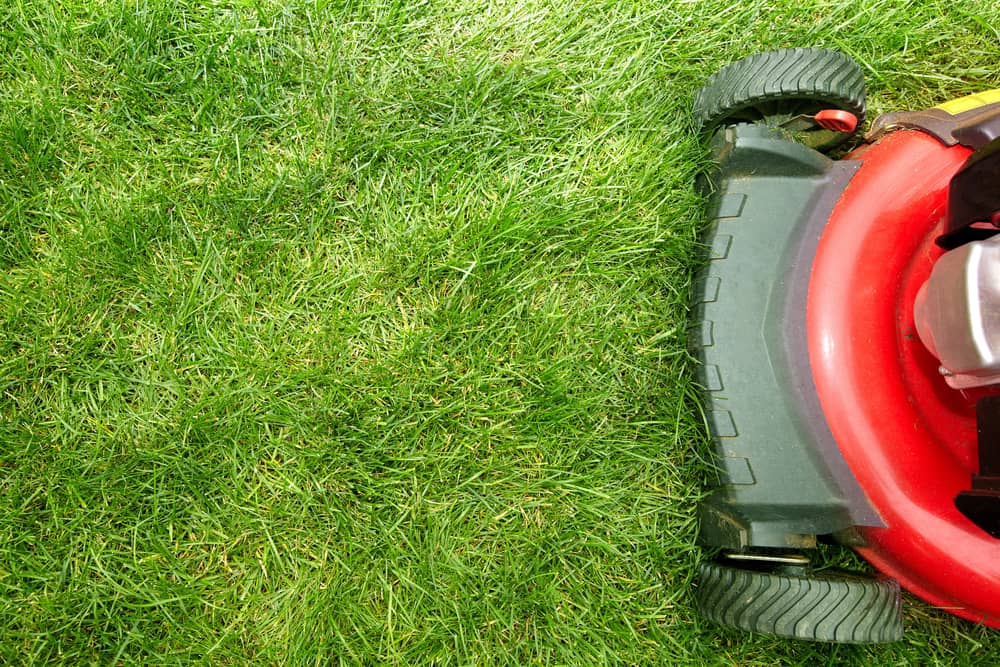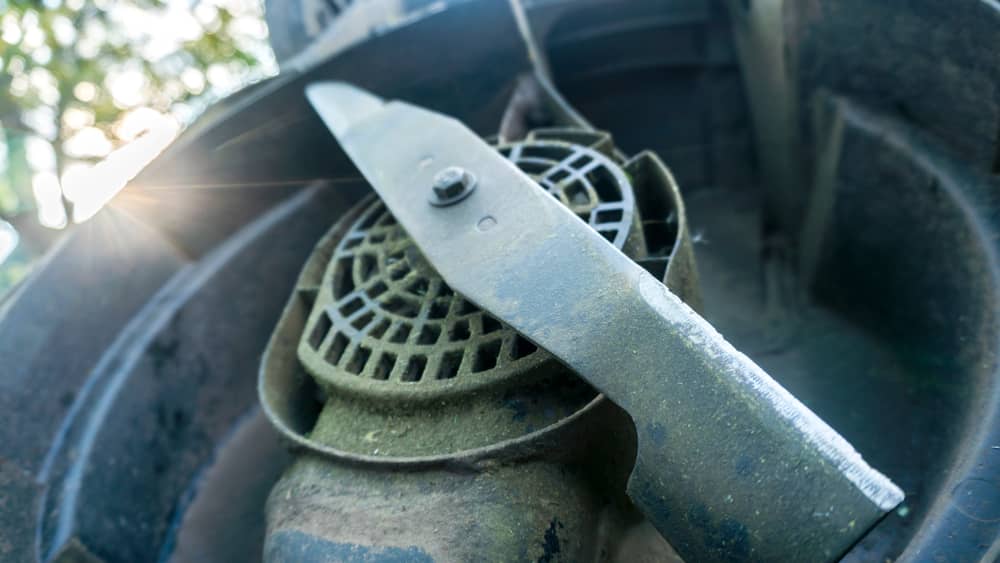
Cutting your lawn may look easy, but using the right ways to do it can really help your grass stay healthy and look nice. A well-kept lawn makes your home look better and is also good for your family and nature around you. In this blog, we’ll talk about some good ways to mow that can keep your lawn green and full of life.
1. Understand Your Grass Type
The first step in proper lawn care is understanding the type of grass you have. Different grass types have varying optimal heights and growth patterns. For example, fescue thrives when cut to about 2–3.5 inches, whereas bermuda grass prefers shorter heights of about 1 to 1.5 inches. Knowing your grass type allows you to adjust your mowing practices accordingly.
2. Mow at the Right Height
Cutting your grass too short can stress the grass, reduce its root depth, and make your lawn more susceptible to weeds, pests and drought. The general rule of thumb is the “one-third rule”: never remove more than one-third of the grass blade length at a time. This approach encourages stronger roots and a denser lawn, which can outcompete weeds.
3. Keep Your Mower Blades Sharp
Dull mower blades tear the grass, causing jagged edges that make your lawn look brown and increase susceptibility to disease. Sharp blades, on the other hand, make clean cuts that heal quickly and keep your lawn looking green and healthy. It’s recommended to sharpen or replace your mower blades at least once per mowing season, or more frequently if you have a large yard or tough grass.

4. Mow When Dry
Mowing your lawn when it’s wet can lead to uneven cuts, clumping of grass clippings and the spread of diseases. Wet grass also tends to clog the mower, making your job harder and potentially damaging the mower. For the best results, mow your lawn when it’s dry, preferably in the late afternoon when the morning dew has evaporated, and the grass isn’t stressed by the hot sun.
5. Change Your Mowing Pattern
Mowing in the same pattern every time can compact the soil and cause the grass blades to grow at an angle, leading to an uneven cut. To promote upright growth and reduce soil compaction, alternate your mowing pattern with each mow. For instance, if you mow horizontally one week, mow vertically the next and consider diagonal patterns for variety.
6. Leave Grass Clippings
Unless you’re dealing with exceptionally long grass, it’s beneficial to leave the clippings on the lawn. These clippings decompose and return valuable nutrients to the soil, acting as a natural fertilizer. This process, known as “grasscycling,” can reduce the need for chemical fertilizers and help maintain a healthy lawn.
7. Adjust Mowing Frequency
Grass growth rates vary with the seasons, weather conditions and the health of your lawn. Rather than sticking to a rigid schedule, adjust your mowing frequency based on the growth of your grass. During peak growing seasons, you might need to mow more than once a week, while in slower growth periods, less frequent mowing may be required.
Effective mowing is more than just cutting your lawn; it’s about nurturing a healthy, resilient turf. By understanding your grass type, maintaining your mower and following these mowing techniques, you can achieve a lush, green lawn that enhances your home’s outdoor space. Remember, a little extra care and attention can go a long way in lawn maintenance.
